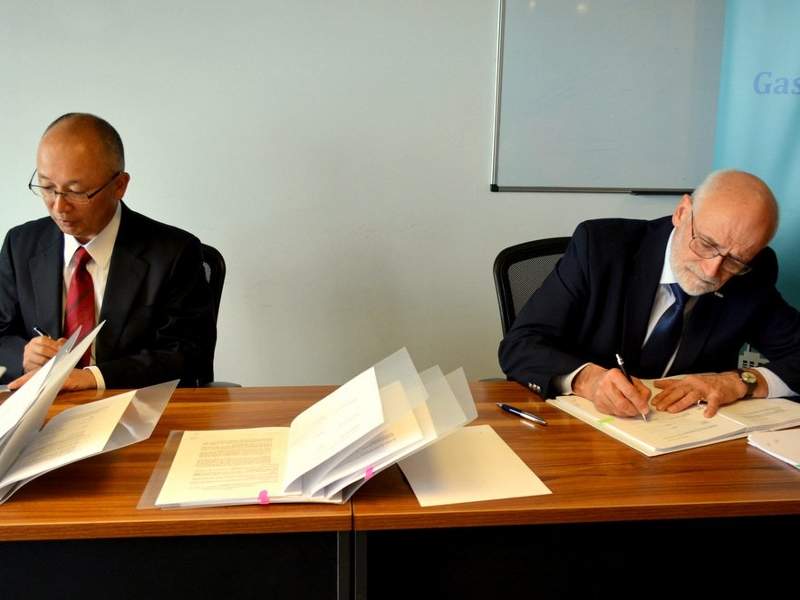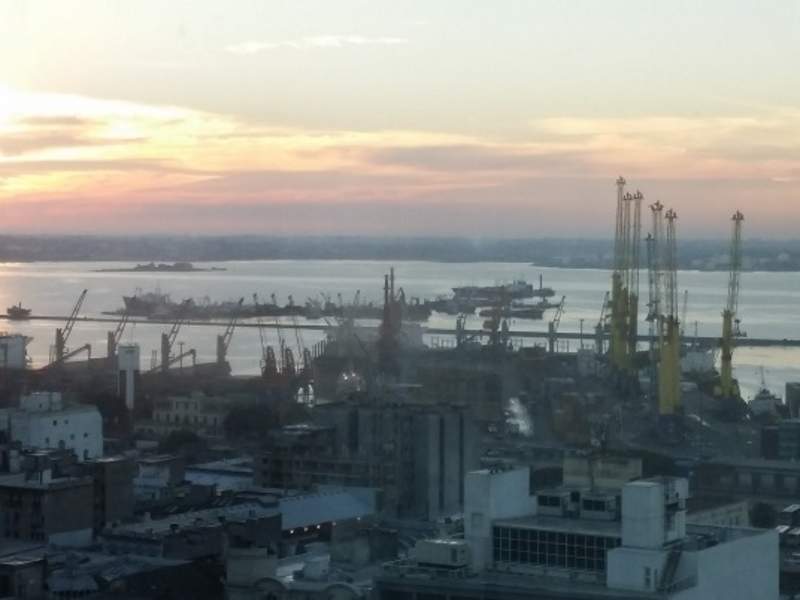An important infrastructure project for Uruguay’s energy sector, GNL del Plata Project consists of an offshore terminal and the world’s biggest floating storage and regasification unit (FSRU).
The terminal will be located 2.5km offshore in the River Plate in the Punta Sayago area in western Montevideo. Surrounded by a 1.5km stretch of breakwater, it will become an integral part of the Port of Montevideo upon completion.
The Gas Sayago joint venture between Uruguay’s state oil company ANCAP and state power company UTE will construct, own and operate the terminal.
The project is planned to reduce the country’s dependence on imported oil and promote the use of clean fuel in the energy mix. It will not only support sustainable energy development in Uruguay, but will also help in reducing the cost of power generation.
GNL Del Plata project details
The offshore LNG terminal will consist of a floating storage and regasification unit, and port structures for docking the FSRU and LNG carriers visiting the terminal. A seawall will be formed by the 1.5km-long breakwater that will be divided into three segments.
A main dock will be constructed with two berths for holding the FSRU and the LNG carriers with a maximum capacity of 210,000m³. The electro-mechanical components of the terminal and a fire-protection platform will be managed from a main platform that will be part of the main dock.
A 155m-long supporting dock will also be built for hosting smaller LNG ships. The project will also include a jetty, a subsea pipeline, onshore pipeline and a pressure regulator station.
The terminal will be developed with a 6km-long access channel that will be connected to the Port of Montevideo access channel. A manoeuvre circle with a diameter of 600m will also be present for easy navigation of vessels.
Gas Sayago is in charge of developing the LNG Project Plata, for it will select contractors for the execution of three major works, namely a breakwater and docks for the terminal, a pipeline, and dredging.
Details of the FSRU
With a storage capacity of 263,000m³, the FSRU for GNL Del Plata will be the world’s biggest FSRU. The vessel is currently under construction at Daewoo Shipbuilding & Marine Engineering in South Korea and will travel to Uruguay after completion.
The vessel will be designed to reload LNG cargo to shuttle tankers and also to transfer gas through pipelines. The FSRU will enable LNG re-export services and LNG bunkering services within the country as well as to the neighbouring countries.
The maximum regasification capacity will be ten million cubic metres (Mcm) a day, whereas the cargo vessels will transport an estimated 170,000m³ of LNG.
Pipeline details
The natural gas will be transported onshore through a pipeline from the terminal to the Gasoducto Cruz del Sur pipeline. The 14.5km-long connecting pipeline will run for a distance of 2.5km offshore, whereas the remaining 12km will be on land.
The subsea part of the pipeline will be buried under the seabed, whereas the onshore part will be completely buried expect at two installation locations. It will be equipped with a transfer and measurement station located close to the crossing of Bordeaux and Antarctica roads.
A pressure regulating station will be installed at the intersection of Luis Eduardo Pérez and Los Naranjos roads, adjacent to the Gasoducto Cruz del Sur pipeline.
Key players involved
The FSRU will be developed by Mitsui O.S.K. Lines (MOL) under a contract signed in July 2016. The long-term contract will come into effect after securing approval from the government, which is expected by the end of 2016. The FSRU is expected to enter 20 years of charter from the first half of 2018.
Shanghai Dredging Company has been selected to perform dredging operations for the access channel and manoeuvring circle. Beckett Rankine will provide marine advisory services including advice on implementing standards and procedures, and towage options.











